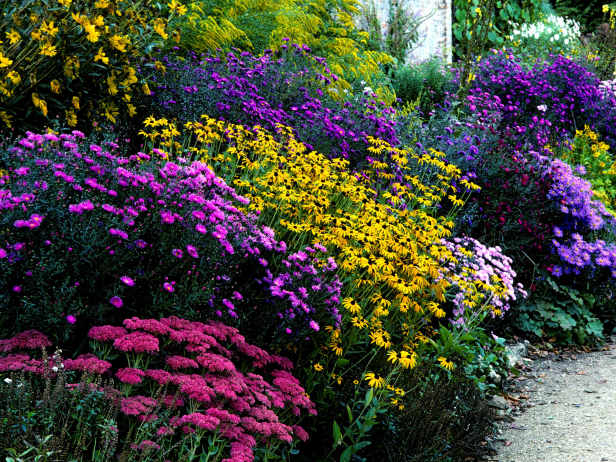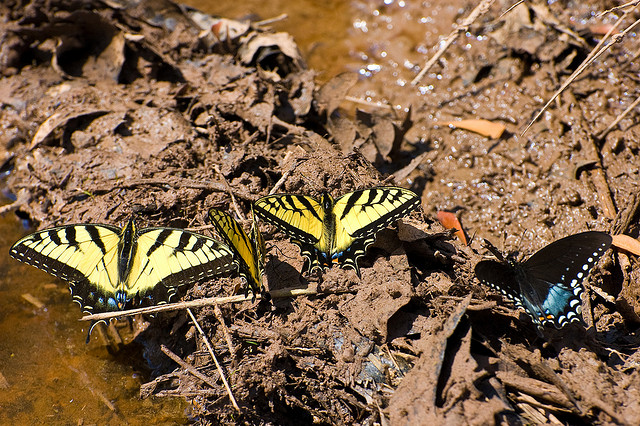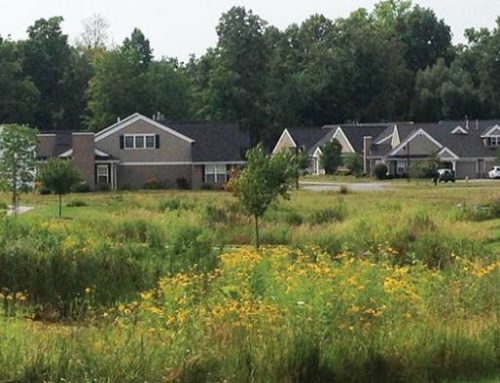“… You’ve got an insect that weighs as much as a paper clip, and it can fly two and a half thousand miles. That’s remarkable,” said Ernest Williams, a biology professor at Hamilton College.
You probably know that butterfly populations are threatened. A well-documented decline of the Monarch has multiple causes. Logging in Mexico has decreased the butterflies overwintering grounds from 50 acres to 1.5 acres. In the Midwest, the butterfly’s prime breeding grounds have lost up to 60% of their favorite food, milkweed, due to the increased use of genetically modified crops and herbicides used in their management.
What can we do to encourage these remarkable insects in our garden? “People can build a butterfly garden in their yard”, according to Jim Howe, Director at The Western and Central NY Nature Conservancy. “You can go online and see the lists of plants to put in the ground for butterflies,” said Howe. “Butterfly weed, and milkweed, and also bee balm are really attractive flowers that people will like. We’re actually doing that in one of our preserves near Rochester, putting in a butterfly garden.”

Here’s how you can start:
- Identify the varieties of butterflies that we have here in western New York and their preferred butterfly nectar flowers and caterpillar food plants. http://rochesterbutterflyclub.org/
- Provide shallow water and mud puddles for butterflies
- Encourage plant diversity
- Meadows and grasses: clovers, timothy, alfalfa, legumes (pea family), Queen Anne’s ace, sheep sorrel, swamp dock, sedges, plantain, thistle. Wildflowers: violets, asters, turtlehead, pearly everlasting, mallow, milkweed, nettle, wild indigo, trefoils.
- Woods: American hornbeam, ash, sassafras, spicebush, tulip tree, wild cherry, alder, black cherry, choke cherry, small willows, oaks, hickory, black chokeberry, flowering dogwood, maple-leaf viburnum, hawthorn, elm, New Jersey tea, shrub dogwoods, poplar, birch, hackberry, black locust.
- Herbs: dill, fennel, oregano, parsley
- Limit mowing and clearing, but control some harmful invasives like black swallow-wort.
Although black swallow-wort is in the milkweed family, when monarchs lay eggs on this common plant, the hatching caterpillars do not survive. So many people are working to eradicate swallow-wort to assist the butterfly.
Limit herbicides that kill milkweed. Researchers broadly agree that the widespread use of glyphosate in association with genetically modified Roundup Ready crops has been a major contributor to the decline of the monarch population.
Here are some favorite butterfly plants that are also beautiful or useful and deserve a spot in your garden:
| Wildlife | Host Plants |
|---|---|
| Monarch Butterflies | Blue cardinal flower (Lobelia), bloodflower (Asclepias curassavica), Brazilian verbena (Verbena bonariensis), butterfliy bush (buddleja), butterfly weed (Asclepias tuberosa), common milkweed, globe amaranth, heliotrope, Joe-Pye weed, lantana, late-flowering boneset, marigold, mist flower (Conoclinium coelestinum), mustard greens, New England aster, New York Ironweed, Oriental lilies, coneflower, smooth aster, swamp milkweed (Asclepias incarnate), Tithonia (Mexican sunflower), Zinnia |
| Swallowtail Butterflies | Heliotrope, Joe-Pye weed, Lantana, Late-flowering boneset, liatris, marigold, mist Flower, New England aster, New York ironweed, oregano, Oriental lilies, petunia, phlox, privet, purple coneflower, sweet pepperbush, tickseed sunflower, tithonia, verbena, wild bergamot, wingstem (verbesina alternifolia), zinnia |






